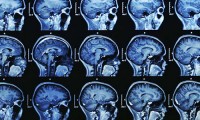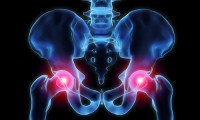-
Microsoft and Adaptive Biotech to create universal blood test using AI
- Source: Verdict Medical Devices
- 704
- January 8, 2018
-
Surgery death rates in Africa are twice global average
- Source: msn
- 852
- January 8, 2018
-
FDA approves Mevion’s Hyperscan pencil beam scanning technology
- Source: MDBR
- 753
- January 8, 2018
-
Next-generation medical scanning
- Source: ScienceDaily
- 773
- January 8, 2018
-
Pfizer, Novartis and more post price hikes
- Source: fiercepharma
- 614
- January 5, 2018
-
BioNTech raises $270M A round to fuel mRNA, CAR-T R&D
- Source: fiercebiotech
- 811
- January 5, 2018
-
Precision editing of gut bacteria– Potential way to treat colitis
- Source: sciencedaily
- 800
- January 5, 2018
-
Innovative device helpful in hip replacement surgery
- Source: Science in Poland
- 1,077
- January 5, 2018
-
The Quantified Self, Our Wearable Future
- Source: Digital Salutem
- 1,452
- January 5, 2018
-
People Who Sleep Less Than 8 Hours a Night More Likely to Suffer Anxiety and Depression
- Source: neurosciencenews
- 746
- January 5, 2018
your submission has already been received.
OK
Subscribe
Please enter a valid Email address!
Submit
The most relevant industry news & insight will be sent to you every two weeks.













